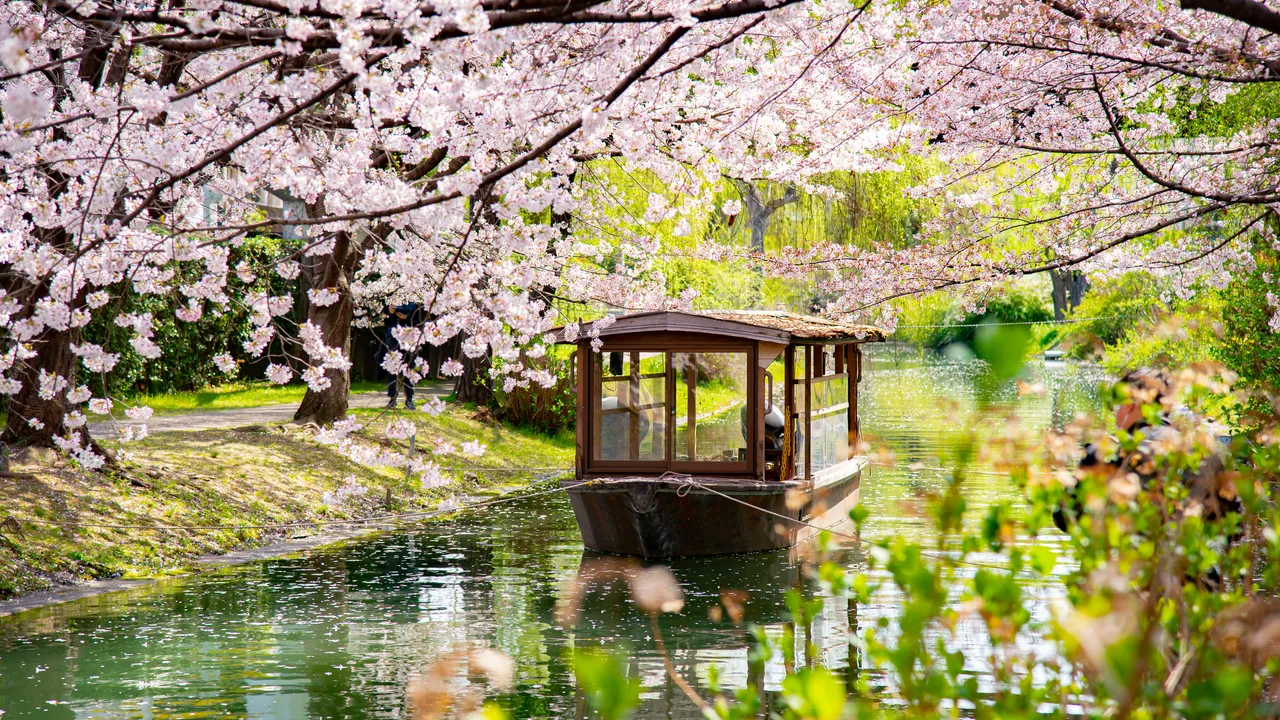Sri Lanka, the teardrop-shaped island in the Indian Ocean, is a destination that captures the heart with its vibrant culture, breathtaking landscapes, and warm hospitality. Known as the “Pearl of the Indian Ocean,” this tropical paradise offers a kaleidoscope of experiences, from ancient ruins and sacred temples to pristine beaches and lush tea plantations. In 2025, Sri Lanka is poised to welcome travelers with open arms, having rebounded from past challenges with a 73.49% increase in tourist bookings in late 2024 compared to 2023. This comprehensive guide explores 11 essential aspects of traveling to Sri Lanka, providing practical tips and insights to help you plan an unforgettable journey to this enchanting island.
1. Why Visit Sri Lanka in 2025?
Sri Lanka’s appeal lies in its diversity. The island boasts eight UNESCO World Heritage Sites, including the ancient rock fortress of Sigiriya and the sacred city of Kandy, alongside 28 national parks teeming with wildlife like leopards and elephants. Its beaches, from the surf-friendly shores of Mirissa to the tranquil coves of Unawatuna, rival any tropical paradise. Add to that the world-renowned Ceylon tea, flavorful cuisine, and a rich history influenced by Sinhalese, Tamil, and colonial legacies, and you have a destination that caters to every type of traveler—families, solo adventurers, foodies, and history buffs alike.
Tourist arrivals surged by 60% in the first half of 2024 compared to 2023, signaling a strong resurgence. Time Out even ranked Sri Lanka as the top destination for solo female travelers in 2024, highlighting its welcoming vibe and accessibility. Whether you seek adventure, relaxation, or cultural immersion, Sri Lanka in 2025 promises an affordable and uncrowded experience.
2. Best Time to Visit
Sri Lanka’s tropical climate, with temperatures averaging 27–32°C in coastal areas and cooler 14–22°C in the highlands, makes it a year-round destination. However, two monsoon seasons affect different regions:
- Yala Monsoon (May–September): Impacts the southwest coast, including Colombo, Galle, and Mirissa, with heavy rains.
- Maha Monsoon (October–January): Affects the east coast and north, such as Trincomalee and Jaffna.
For optimal weather, visit the southwest from December to April and the east coast from April to September. The highlands, including Kandy and Ella, are pleasant year-round, though shoulder seasons (April and September) offer fewer crowds and lower costs. Always pack a light jacket for cooler evenings in Nuwara Eliya or Ella.
3. Visa and Entry Requirements
All travelers to Sri Lanka require a visa, easily obtainable as an Electronic Travel Authorization (ETA) online, valid for 30 days. Apply a few days before arrival via the official Sri Lanka Tourism website to skip airport lines and save $10 compared to the $60 on-arrival fee at Bandaranaike International Airport in Colombo. Ensure your passport is valid for six months, and complete the online arrival form three days prior. Vaccinations, such as yellow fever, may be required depending on your travel history—check TravelHealthPro’s guide at least eight weeks before departure.
4. Getting Around Sri Lanka
Sri Lanka’s compact size makes it easy to explore, but transportation requires planning:
- Trains: The most scenic and budget-friendly option, especially the iconic Kandy-to-Ella route through tea plantations and the Nine Arches Bridge. Tickets cost $1–$10, but book in advance for popular routes, as seats sell out during peak season. Expect delays but embrace the journey for its stunning views.
- Buses: The cheapest mode, with fares as low as $1–$5, though often crowded and less punctual. Air-conditioned buses are available for long-distance routes.
- Tuk-Tuks and Taxis: Tuk-tuks are ideal for short trips ($2–$5), while taxis or ride-hailing apps like PickMe and Uber (in Colombo) are convenient for longer journeys. Negotiate taxi fares upfront to avoid scams.
- Private Drivers: For comfort, hire a driver for $50–$100/day, especially for multi-day itineraries covering the Cultural Triangle or highlands.
- Domestic Flights: Cinnamon Air offers 30-minute flights from Colombo to Sigiriya or southern beaches, saving hours compared to road travel.
For a unique adventure, rent a tuk-tuk ($20–$30/day) or scooter to explore at your own pace, but avoid driving yourself due to chaotic roads and safety concerns.
5. Must-Visit Destinations
Sri Lanka’s attractions span history, nature, and culture:
- Sigiriya: A 5th-century rock fortress and UNESCO site, rising 600 feet above the jungle. Climb for ancient frescoes and panoramic views ($30 entry). Nearby Pidurangala Rock offers a cheaper hike with equally stunning vistas.
- Kandy: The cultural heart, home to the Temple of the Tooth, a sacred Buddhist site, and the Royal Botanical Garden. Don’t miss the Kandy Lake and cultural dance shows.
- Ella: A highland gem with the Nine Arches Bridge, Little Adam’s Peak, and tea plantations. Hike or relax in this laid-back town.
- Galle: A coastal city with a Dutch colonial fort, boutique shops, and golden beaches. Explore the historic ramparts at sunset.
- Yala National Park: Famous for its leopard population, plus elephants, sloth bears, and birdlife. Safaris cost $40–$60.
- Anuradhapura and Polonnaruwa: Ancient capitals with stupas, Buddha statues, and ruins dating back over 2,000 years. A $30 pass grants access to multiple sites.
For beach lovers, Mirissa, Unawatuna, and Trincomalee offer surfing, snorkeling, and turtle hatcheries.
6. Cultural Etiquette and Dress Code
Sri Lanka is a conservative, predominantly Buddhist and Hindu nation. Respect local customs to ensure a positive experience:
- Dress Modestly: Cover shoulders, cleavage, and knees, especially at religious sites. Women should opt for maxi skirts or loose clothing; bikinis are acceptable only at tourist beaches like Mirissa or Hikkaduwa.
- Remove Shoes and Hats: Required at temples and some homes.
- Respect Religious Sites: Avoid turning your back to Buddha statues when posing for photos, and seek permission before photographing locals.
- Tipping: A 10% tip is appreciated in restaurants, even with a service charge. Tip drivers, guides, and porters $2–$5/day.
English is widely spoken, alongside Sinhala and Tamil, making communication easy for tourists.
7. Food and Drink
Sri Lankan cuisine is a highlight, blending spices like cinnamon and cardamom with fresh ingredients. Expect:
- Rice and Curry: A staple, often with multiple vegetable, fish, or meat curries ($2–$5 at local eateries).
- Hoppers: Bowl-shaped pancakes, sometimes with an egg, served with sambol ($1–$3).
- Kottu: Chopped roti mixed with vegetables, spices, and meat ($3–$5).
- Street Food: Try dosas or vadai for under $1, but ensure hygiene at stalls.
Vegetarians and vegans will find ample options, like mallung (coconut and kale salad). Avoid tap water; opt for bottled water, coconut water, or Ceylon tea. Alcohol is limited outside tourist areas, with local arrack or beer available at guesthouses ($2–$5). Take a cooking class in Kandy for $20–$35 to learn recipes hands-on.
8. Budgeting for Your Trip
Sri Lanka is budget-friendly, with costs varying by travel style:
- Backpackers: $20–$40/day, staying in hostels ($10–$15/night), using public transport, and eating local food.
- Mid-Range: $50–$100/day, with guesthouses or hotels ($30–$60/night), occasional taxis, and a mix of local and international meals.
- Luxury: $150–$300+/day, including boutique hotels ($100+/night), private drivers, and guided tours.
Entrance fees for sites like Sigiriya ($30) and safaris ($40–$60) add up, so prioritize attractions. The Sri Lankan Rupee (LKR) is the currency ($1 ≈ 296 LKR). Carry cash, as card payments are unreliable outside cities. Use ATMs like People’s Bank with cards like N26 to avoid fees.
9. Safety Tips
Sri Lanka is generally safe, with violent crime against tourists rare. However, take precautions:
- Petty Theft: Keep valuables secure in crowded areas or on public transport. Use a money belt and avoid flashing expensive items.
- Scams: Beware of inflated “tourist prices.” Negotiate tuk-tuk and taxi fares upfront.
- Solo Female Travelers: Dress conservatively and avoid walking alone at night. Harassment is uncommon but possible; stay vigilant.
- Political Stability: The situation has stabilized since 2022’s economic crisis, but avoid protests or large gatherings. Check travel advisories from the UK or Australian governments.
Travel insurance is essential, covering medical emergencies and lost luggage. Register with your embassy for alerts.
10. Sustainable Travel
Sri Lanka’s natural beauty is fragile, so travel responsibly:
- Reduce Plastic: Use a reusable water bottle with a filter (e.g., Lifestraw) to avoid single-use plastics. Support initiatives like Zero Plastic at Sigiriya.
- Respect Wildlife: Choose ethical safaris and turtle hatcheries, like donation-based ones near Bentota.
- Support Locals: Stay in family-run guesthouses, eat at local restaurants, and buy spices or tea from markets, not tourist traps.
11. Sample 2-Week Itinerary
This itinerary covers Sri Lanka’s highlights:
- Day 1–2: Negombo: Recover from your flight at a beachside hotel.
- Day 3–4: Sigiriya/Dambulla: Climb Sigiriya Rock and explore Dambulla’s cave temples.
- Day 5–6: Kandy: Visit the Temple of the Tooth and take a cooking class.
- Day 7–8: Nuwara Eliya: Tour tea plantations and hike Horton Plains.
- Day 9–10: Ella: See the Nine Arches Bridge and hike Little Adam’s Peak.
- Day 11–12: Yala National Park: Go on a safari to spot leopards and elephants.
- Day 13–14: Mirissa/Unawatuna: Relax on beaches and try surfing.
Use trains and tuk-tuks for short hops, with a private driver for remote areas.
Conclusion: Discover the Pearl of the Indian Ocean
Sri Lanka in 2025 is a destination of unparalleled beauty and warmth. Its ancient ruins, vibrant culture, and natural wonders offer something for every traveler, all at a fraction of the cost of other tropical destinations. By planning around the weather, respecting local customs, and embracing sustainable practices, you’ll uncover the magic of this island nation. Whether you’re sipping tea in the highlands or watching a sunset in Galle, Sri Lanka will leave you with memories to cherish for a lifetime. Start planning your journey today with trusted operators like One Life Adventures or Capital Lanka Tours, and let Sri Lanka’s charm captivate you.





Leave a Reply